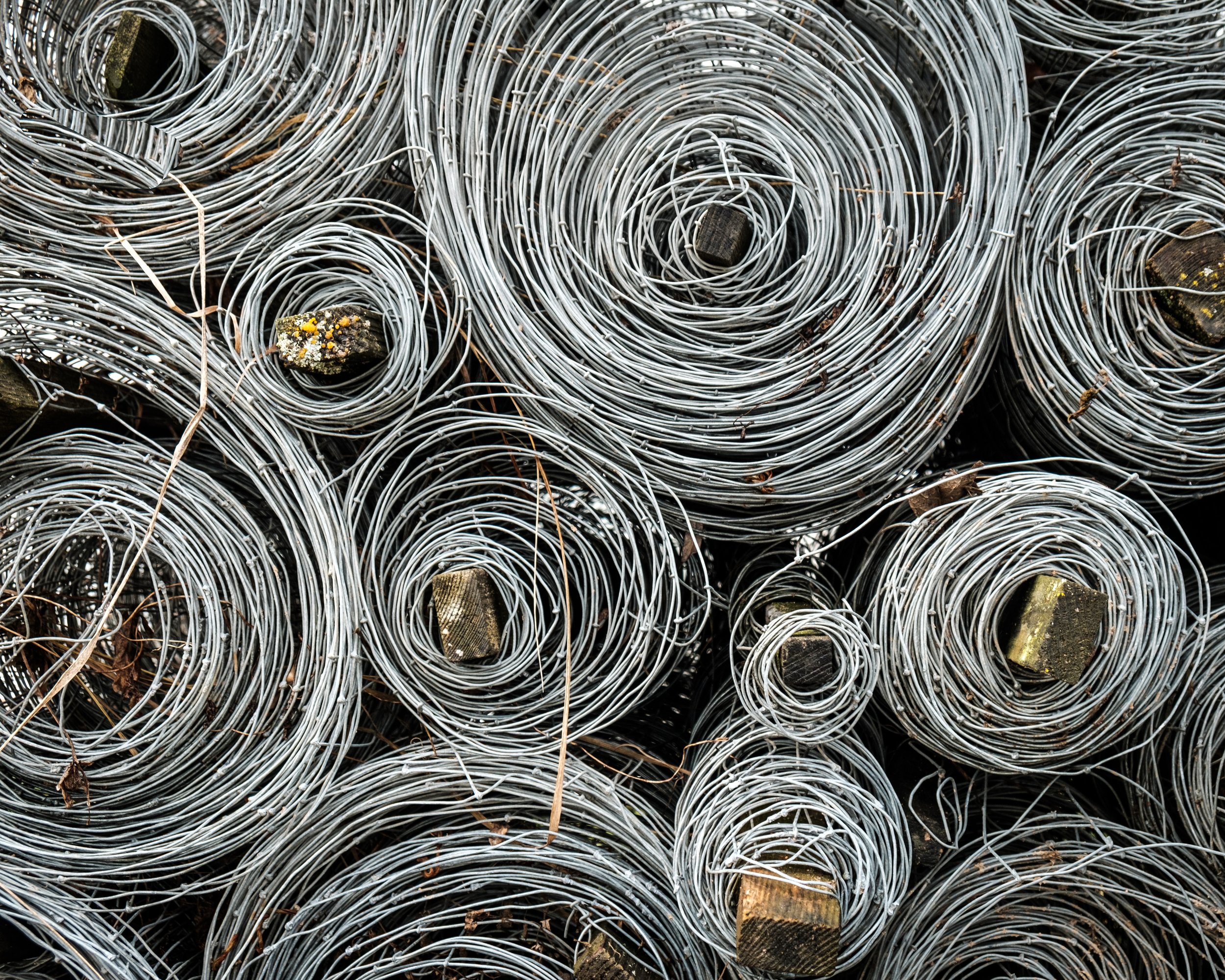
Scrap Utilisation
Task 3 Team
-

Prof. Zushu Li
University of Warwick
-

Prof. Claire Davis
University of Warwick
-

Dr Richard Thackray
University of Sheffield
-

Dr Mo Ji
University of Warwick
-

William Robertson
University of Sheffield
Introduction
Increasing usage of steel scrap in either BF-BOF or EAF routes is an inevitable trend for steel industry because of its significant benefits in reducing CO2 emissions and energy consumption. However, one of the challenges of using steel scrap is the residual elements present, such as tin and copper, which are known to cause issues such as hot shortness as well as segregation during steel processing. These residual elements present in steel are known to affect both thermomechanical processing control and final product quality. The mechanisms of residual elements reducing hot ductility in certain steel grades and their solute retardation effects on metallurgical transformations are not yet fully understood.
In this task, the impact of residual elements on hot rolling process of free cutting steels has been evaluated to improve the understanding of the role of residual elements in steel processing. Surface quality and processability are key research areas. The outcomes of this research will provide a foundation for increasing the steel scrap in steel production processes and developing more efficient and environmentally friendly methods to produce high-quality steels.
Outcomes
Task 3 aims to promote the increased usage of UK steel scrap either in BF-BOF route or the shift from BF-BOF to EAF route at low cost and reduced environmental impact. This is achieved by studying the impact of residual elements (inherited from steel scrap) during thermomechanical processing in steels. Research has been conducted on free cutting steels from Liberty Steel, and the ingots with varying levels of Cu have been cast through VIM. High temperature in-situ tensile tests and hot bending tests have been performed to understand the cracking mechanism of free cutting steels during reheating and deformation.
Since the start of Task 3, the interaction between residual element Cu (and Sn) and MnS inclusions/steel matrix has been reviewed in downstream processing. A deeper understanding has been gained on the effect of Cu concentration on the hot ductility of free cutting steels via hot bending and in-situ tensile tests. It has been found that 0.8 wt.% Cu results in a significant decrease in hot ductility even without oxidation (hot shortness). The scope of experiments has been expanded to include the solute drag parameter for static recrystallisation, which will broaden the understanding of the effect of residual elements on TMCR processes. It was found that a short period reheating, which helps the diffusion of Cu along the grain boundaries, could restore the hot ductility.
Impact
One of the key findings of the research on free cutting steels with 0.8 wt.% Cu are that these grades exhibit poor hot ductility and hot shortness behaviour. This is due to the tendency of Cu to segregate along the inclusions and matrix interface, leading to enrichment at these locations. However, a solution has been developed to address this issue. By undergoing a reheating process at a temperature above 1100 °C for more than 30 minutes, the Cu enrichment can be removed from the inclusions, effectively restoring the hot ductility of the steel products. This solution has been found to be effective in improving the performance of free cutting steels with high Cu content.
Next Steps
1. Finalise and submit three journal papers under preparation.
2. To collaborate with industrial partners to translate the experimental data and findings into practical applications in the industry.
3. Recommended future scientific research activities: machinability study (in-house or external).
